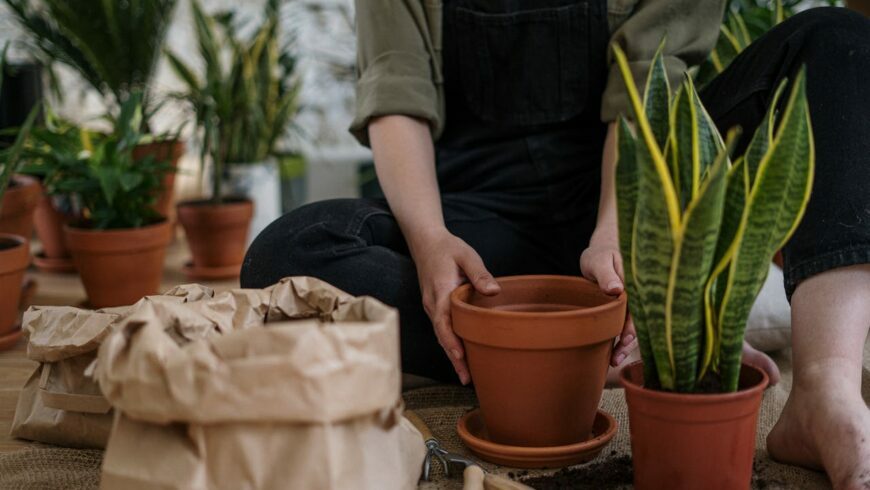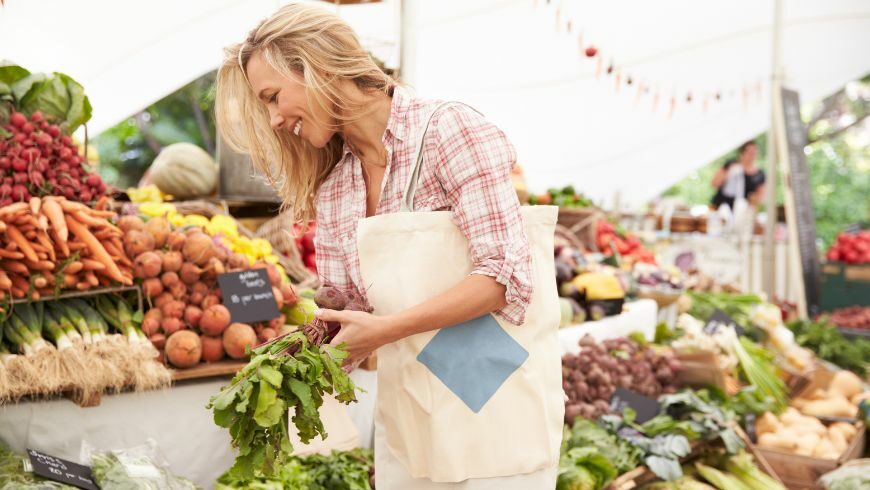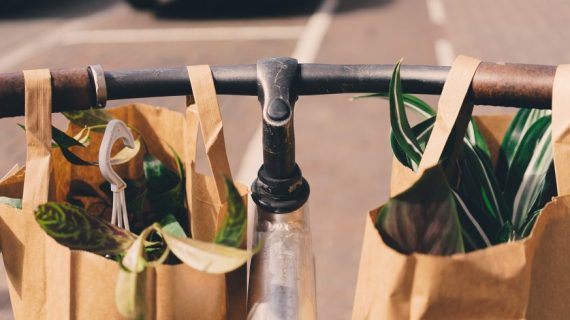Transitioning from remote work and constant travel to a permanent home is a big shift. But it doesn’t mean giving up the lifestyle choices that mattered to you. If you’ve prioritized sustainability while traveling, you may wonder how to keep those habits now that you’ve stopped living out of a suitcase. The truth is that settling down without losing your sustainable edge is entirely achievable. It’s not about starting over; it’s about building on what you’ve already learned.
Let Your New Home Reflect Your Sustainable Mindset
Start with where you live. A home built with energy efficiency in mind gives you a head start. Look for properties with good insulation, solar panels, or energy-saving windows. Even if you’re renting, you can make changes, like using thermal curtains or sealing air gaps. Location matters, too. Choose walkable areas close to essential services so you can reduce car trips and keep emissions low.
Furnish Intentionally with Secondhand Finds
You don’t need to fill your new space overnight. Slow furnishing is better. Check out local thrift stores, consignment shops, and online marketplaces. These pieces often come with more character and a much lower environmental impact than buying new ones. When you do buy new, prioritize materials such as bamboo, reclaimed wood, or recycled metal. Avoid fast furniture made with plastic or glue-heavy composites.

Your Garden Starts with a Pot
Even if you live in a small apartment, growing something is still possible. Herbs on a window ledge, lettuce in a box on your balcony, or even a few edible flowers in containers can reduce your reliance on store-bought produce. Growing food at home lowers packaging waste, shortens your food chain, and connects you to the seasons.
Utilities Should Be as Lean as Your Travel Pack
During your digital nomad days, you learned to travel light. Carry that over into your utility habits. Replace all bulbs with LEDs. Install water-saving fixtures. Wash your clothes in cold water. Turn off lights and power strips when not in use. These steps aren’t flashy, but they cut your usage dramatically. A smaller monthly bill is a bonus.
Settling Down Without Losing Your Sustainable Edge Means Staying True to Local Choices
When you live in one place, it’s easier to fall into buying habits. Resist the urge to default to big-box convenience. Seek out local farmers’ markets, co-ops, and artisans. You’ll lower your carbon footprint while supporting your community. Look for refill shops that reduce packaging or bulk stores that encourage reusable containers.

Make Community a Core Part of Your Sustainability
Living in one place allows you to go deeper. Join a tool library, attend sustainability workshops, or help organize local clean-up efforts. You’ll build relationships and reduce your consumption by borrowing instead of buying. Many cities also have climate or urban planning meetings open to residents. Participating lets you influence local policy that aligns with your values.
Composting Isn’t Just for Suburbs
You might think composting only works in rural or suburban settings. That’s outdated. If you live in a small space, you can use countertop systems, worm bins, or bokashi methods. These composting systems reduce landfill waste, lower methane emissions, and produce rich soil. In many cities, compost drop-off points make the process even easier.
Walk, Bike, or Go Electric When You Can
Digital nomads often walk a lot because of frequent travel. You can keep that habit. Choose your new home with walkability in mind. Prioritize public transit. If you need a car, consider car-sharing programs or electric options. Avoid falling into a driving routine that increases your emissions. Movement doesn’t have to mean oil dependency.
Keep Your Remote Work Setup Green
If you work from home, build an office that aligns with your sustainability goals. Use natural lighting. Avoid unnecessary gadgets. Get a power strip that cuts phantom energy. Invest in ergonomic furniture made from recycled or low-impact materials. If you run a digital business, consider switching to green web hosting providers. The way you work still matters.
Storage and Moving Choices Matter Too
Even before you unpack, think about how you’re moving. Choose a moving service that recycles boxes and uses fuel-efficient trucks. If you need extra space, look for a company that offers environmentally conscious storage. For example, some companies provide eco-friendly storage and relocation solutions, using smart logistics to reduce waste and emissions. Avoid single-use plastic wrap and opt for reusable containers or blankets instead.
Build Stability Without Compromising Your Ethics
It’s easy to think you have to compromise your ethics to settle down. But that’s not true. There are clear steps for settling down without losing your sustainable edge—from the way you furnish your space to how you travel and shop. The mindset you developed while on the move can become the foundation of a stable, thoughtful lifestyle.
Avoiding Green Fatigue
Living sustainably doesn’t mean you have to be perfect. It’s normal to get overwhelmed by all the choices. Start with what you can control. Make changes one by one. Track your wins, and forgive the slips. Building a green home is a process, not a one-time decision. Be consistent, not extreme.

Keep Learning, Keep Improving
Staying in one place opens up new learning opportunities. Attend zero-waste workshops, subscribe to green living newsletters, or take an online course on permaculture. Continued learning helps you grow your skills and stay motivated. It also builds your confidence as someone who lives according to their principles.
Sustainability is Contagious—In a Good Way
When you live in a fixed community, your habits influence others. Your compost bin, your reusable grocery bags, your refusal to buy plastic water bottles—all of these choices make a quiet statement. You may inspire a neighbor, coworker, or friend without even trying. Staying visible and consistent spreads awareness.
Grounded but Not Compromised
Settling down without losing your sustainable edge isn’t just possible—it’s powerful. Now that you’re rooted in one place, your sustainable habits can take deeper hold. You have more opportunities to influence, engage, and improve. Keep doing what you did while traveling: minimize, reuse, make conscious choices, and stay involved. Sustainability is not a trend. It’s a mindset that fits any lifestyle—including one with a front door and a mailbox.
Cover image: Photo by Blue Bird via Pexels

Author Bio: Sarah Bellamy is a moving coordinator at Jump Street Movers, a company that helps individuals and families relocate smoothly with personalized support and logistics expertise. She works closely with clients to plan efficient moves tailored to their space, schedule, and long-term needs. Her experience coordinating transitions makes her especially tuned in to the challenges of settling into a new lifestyle without losing the habits that matter most.




